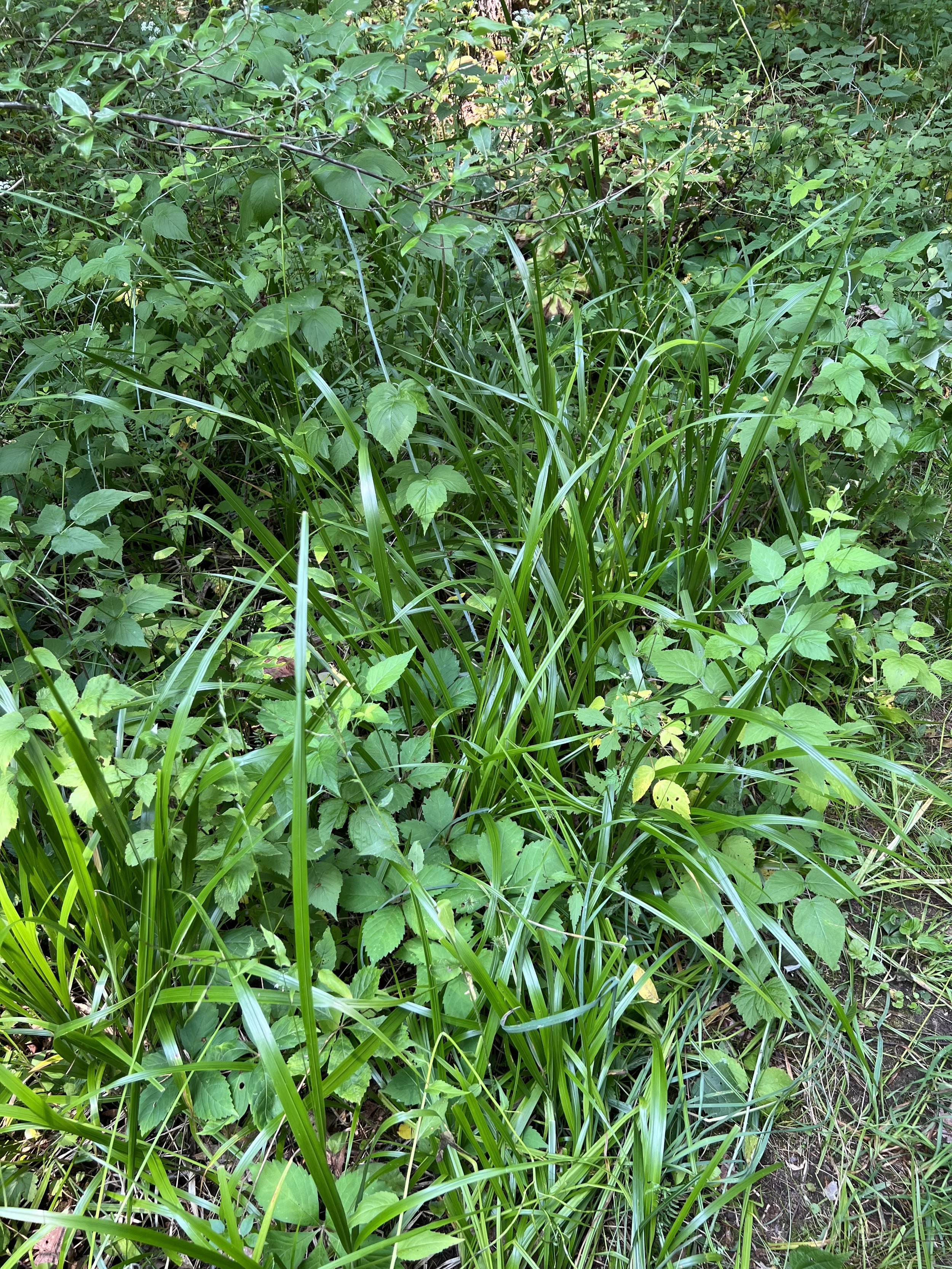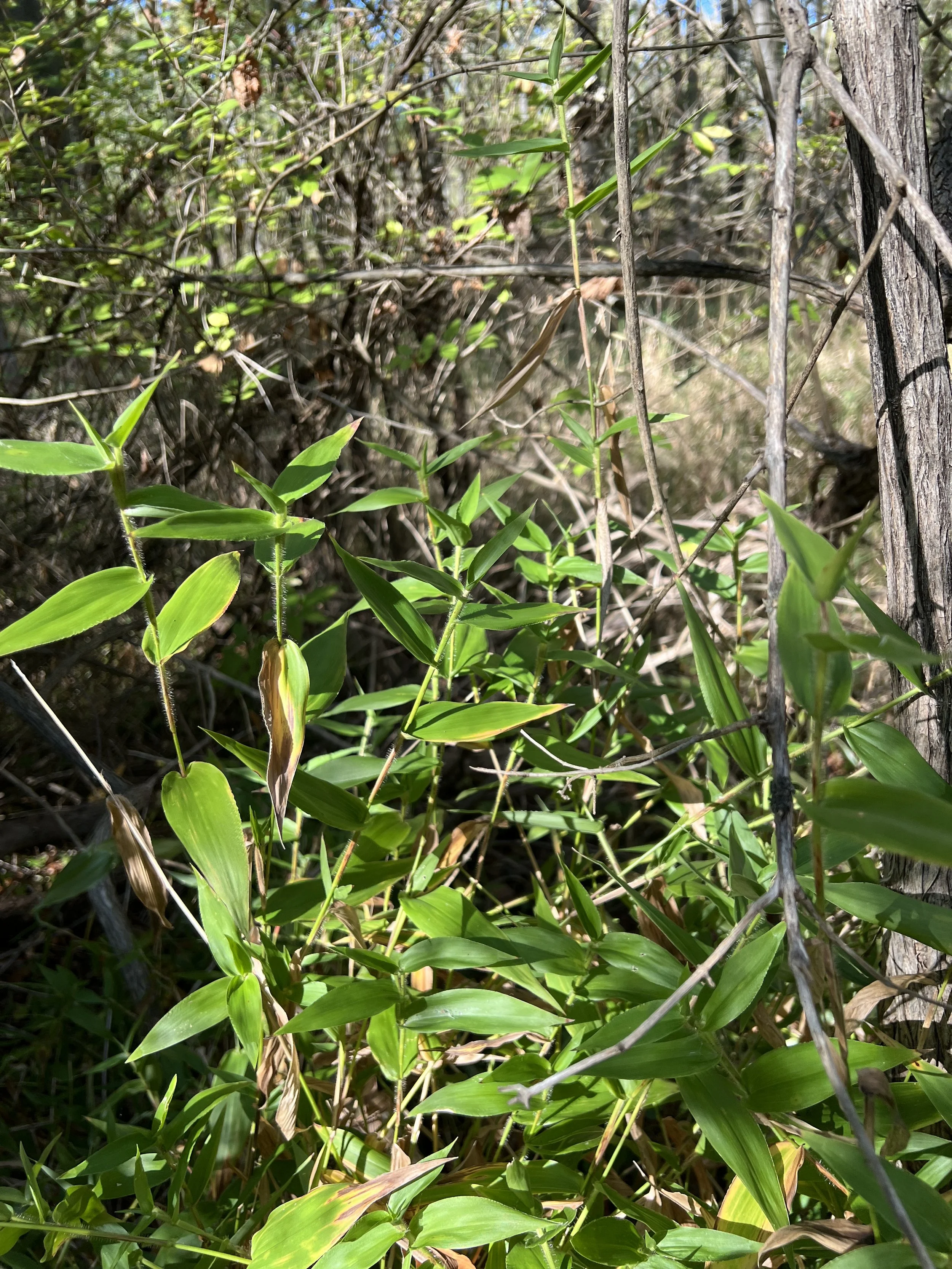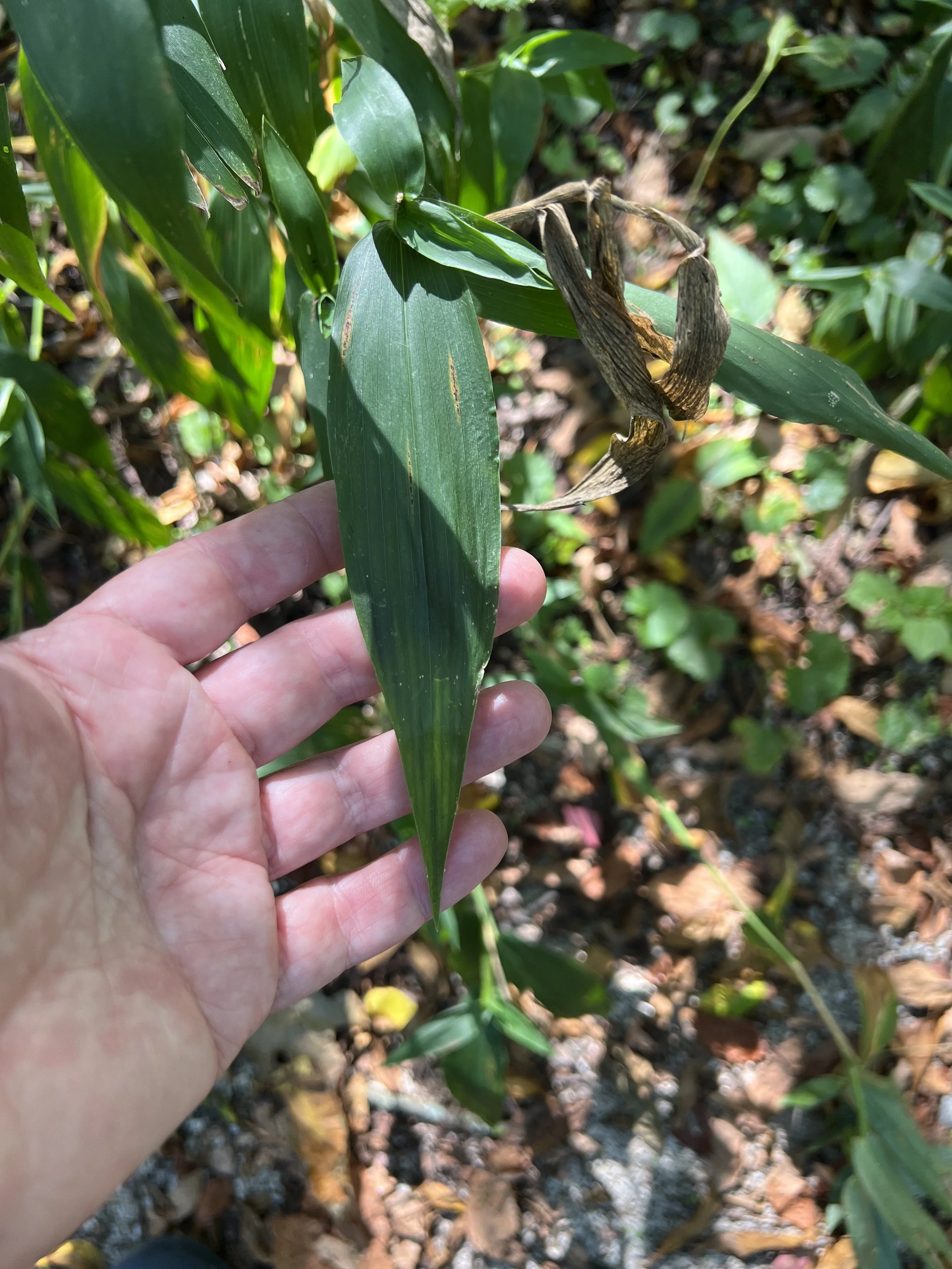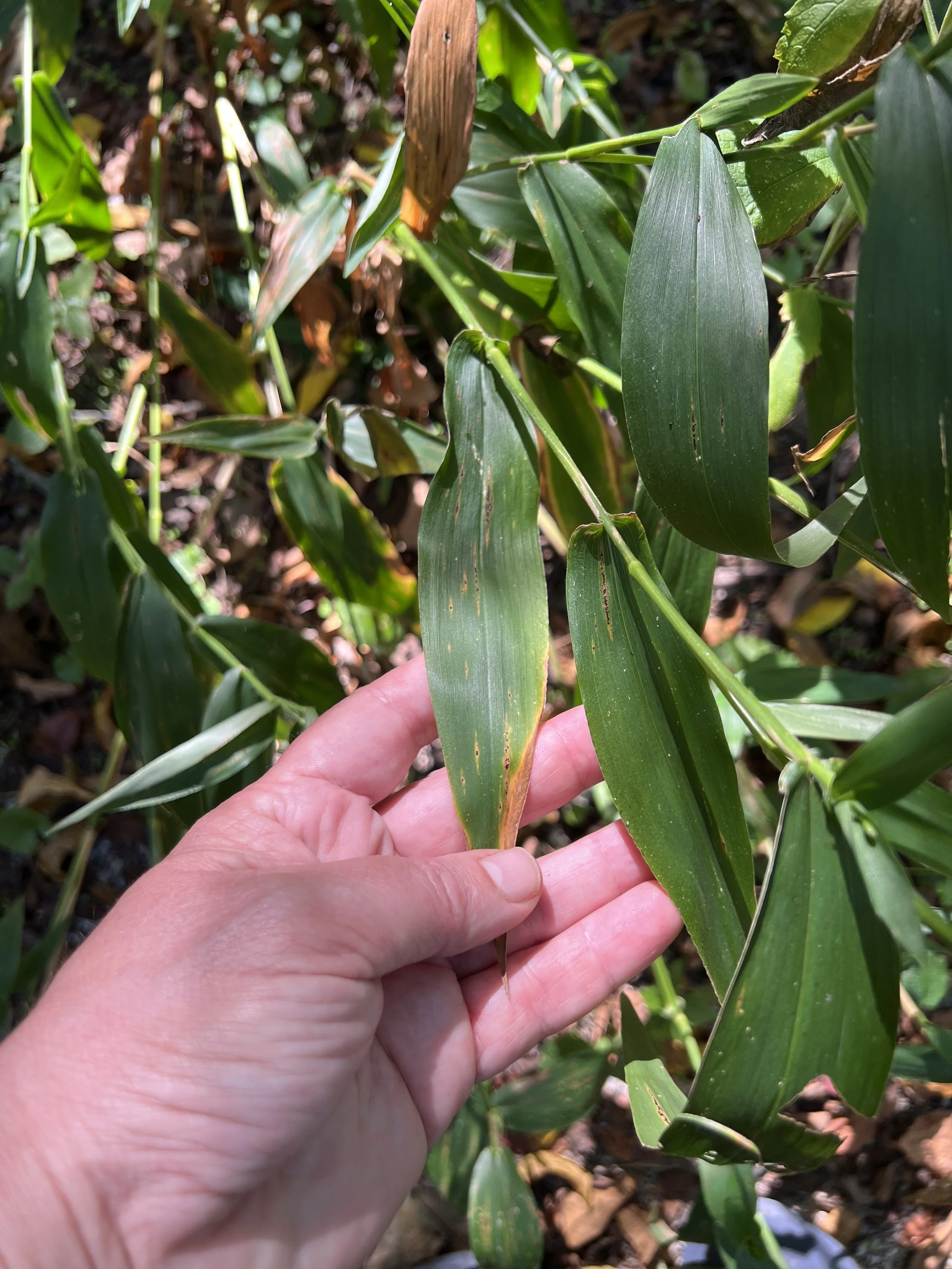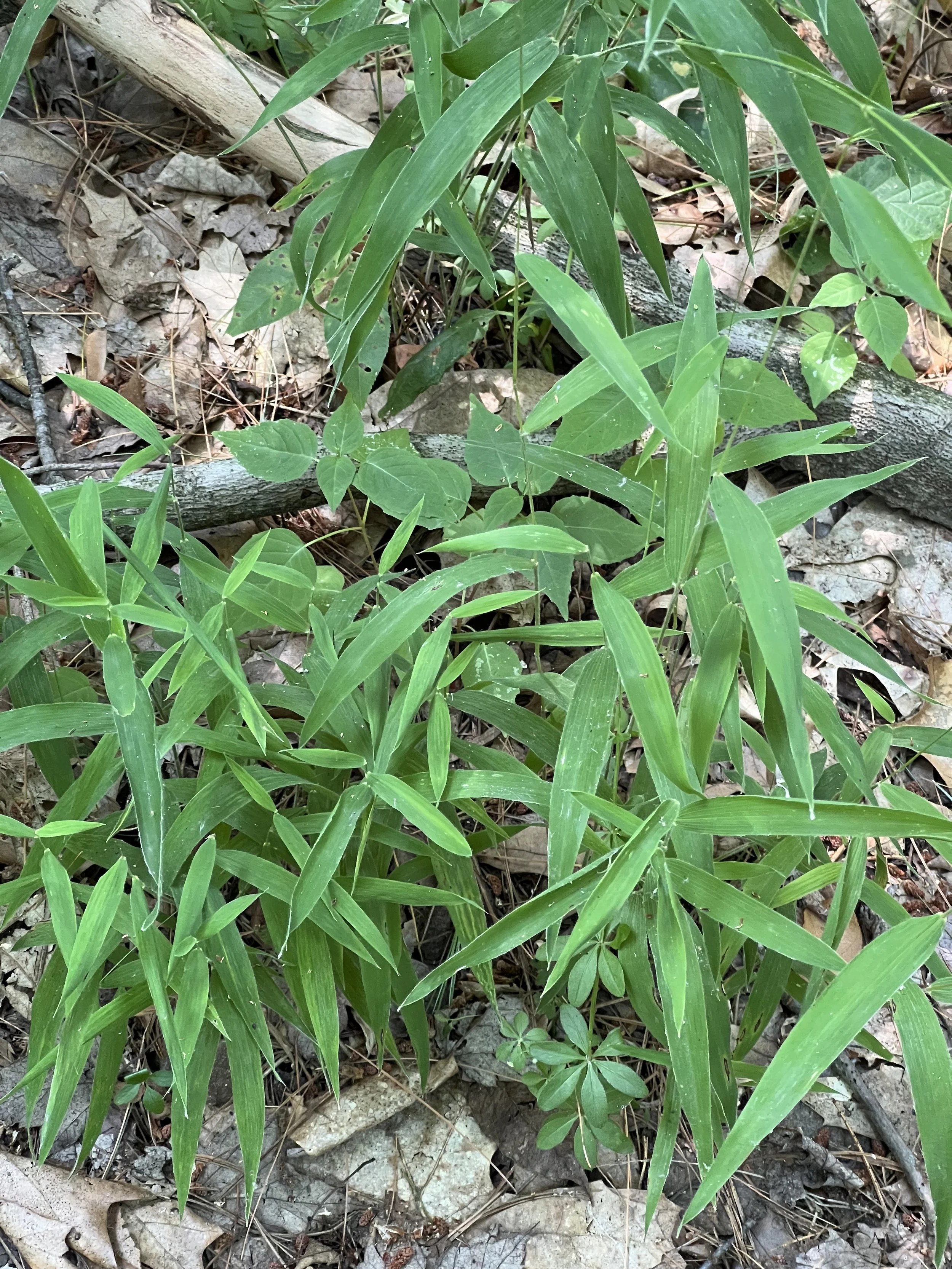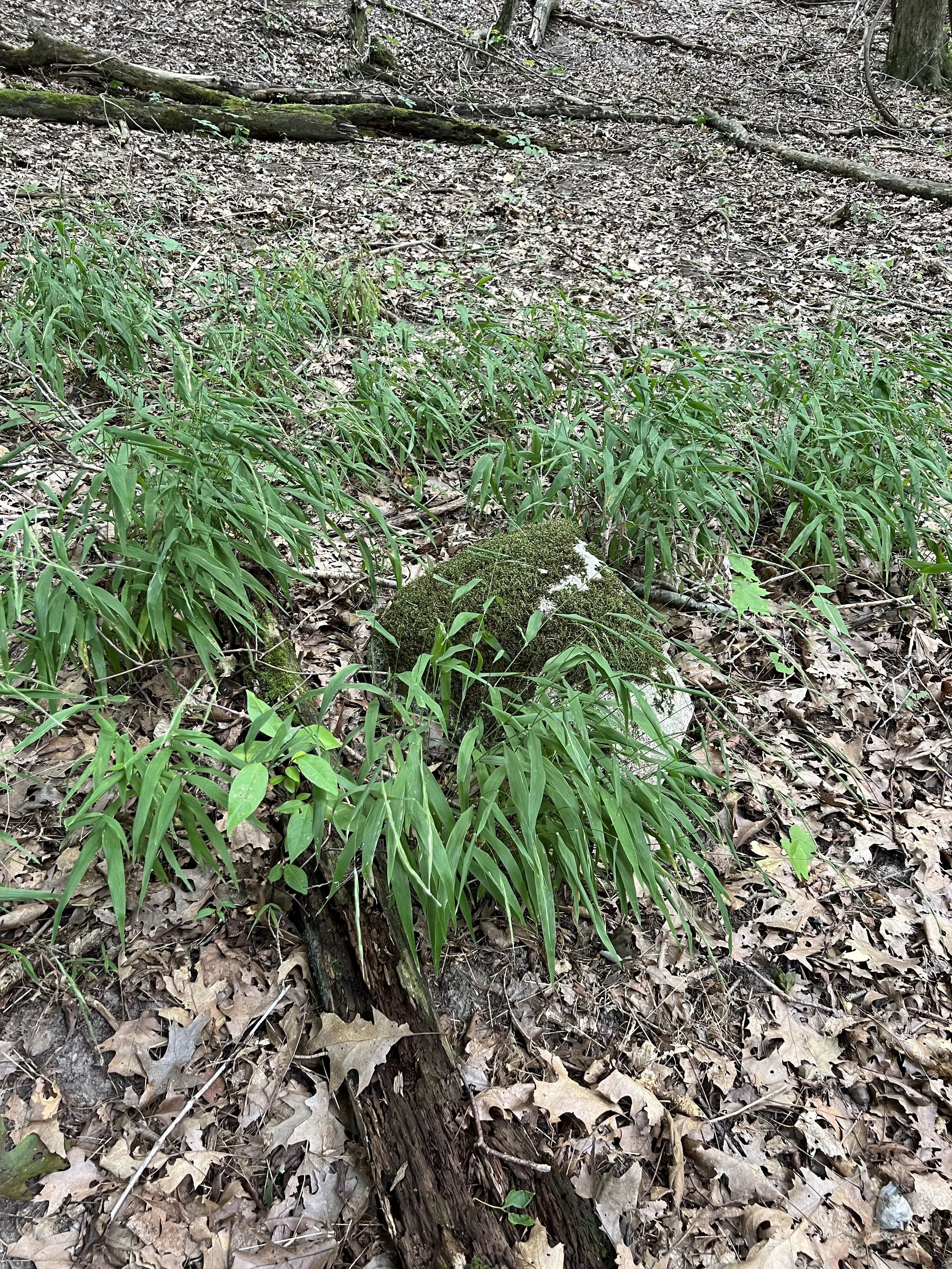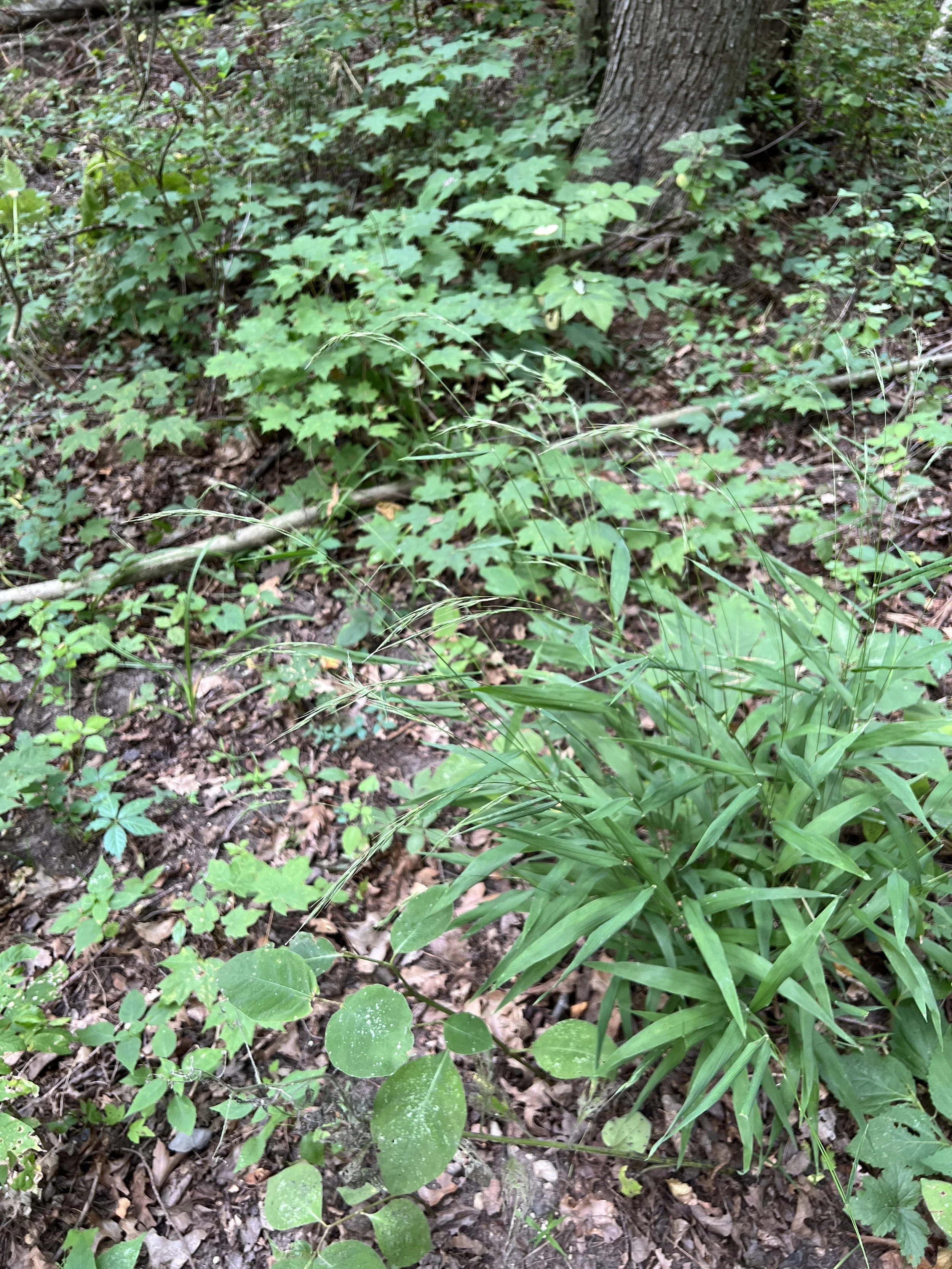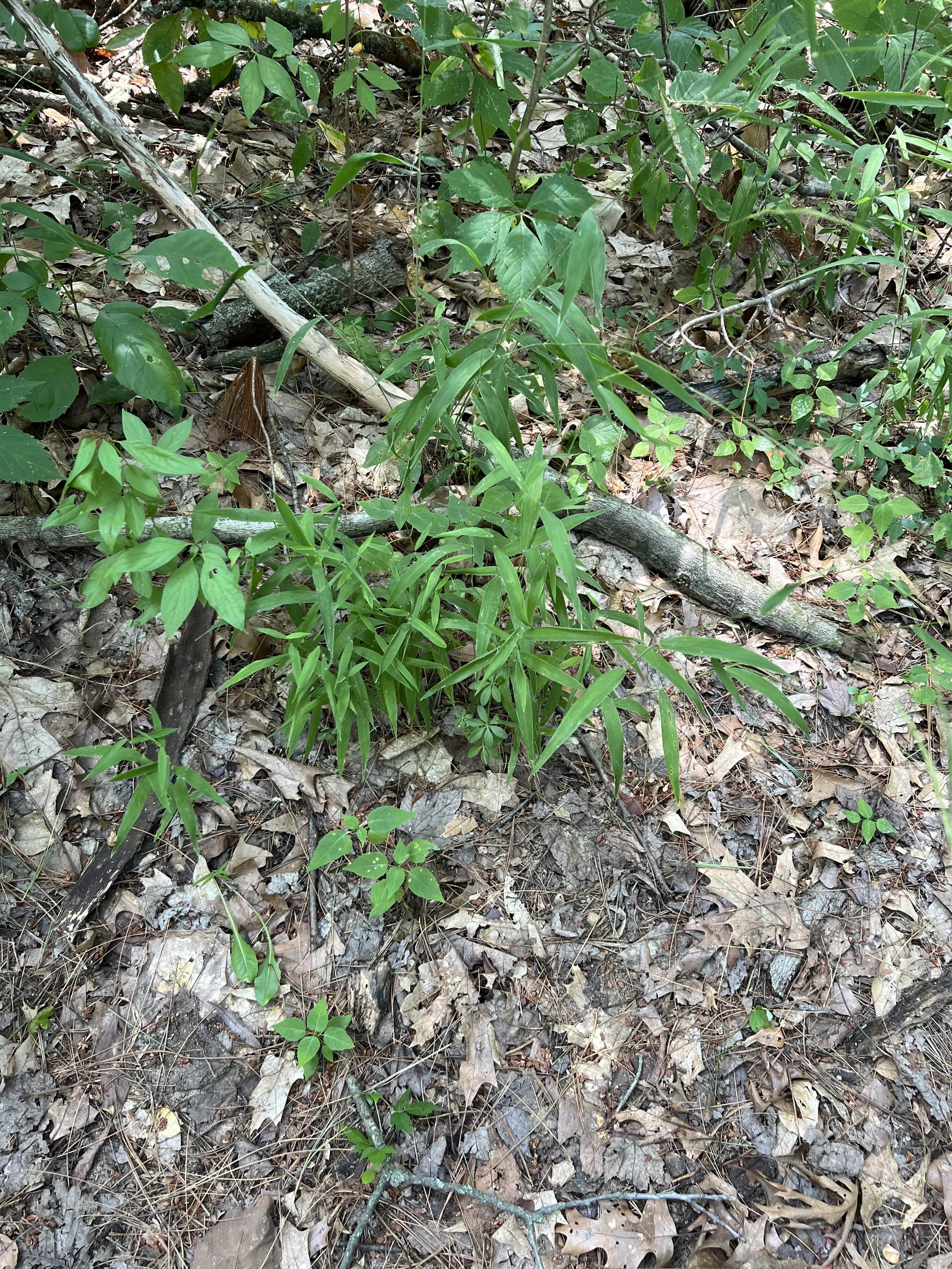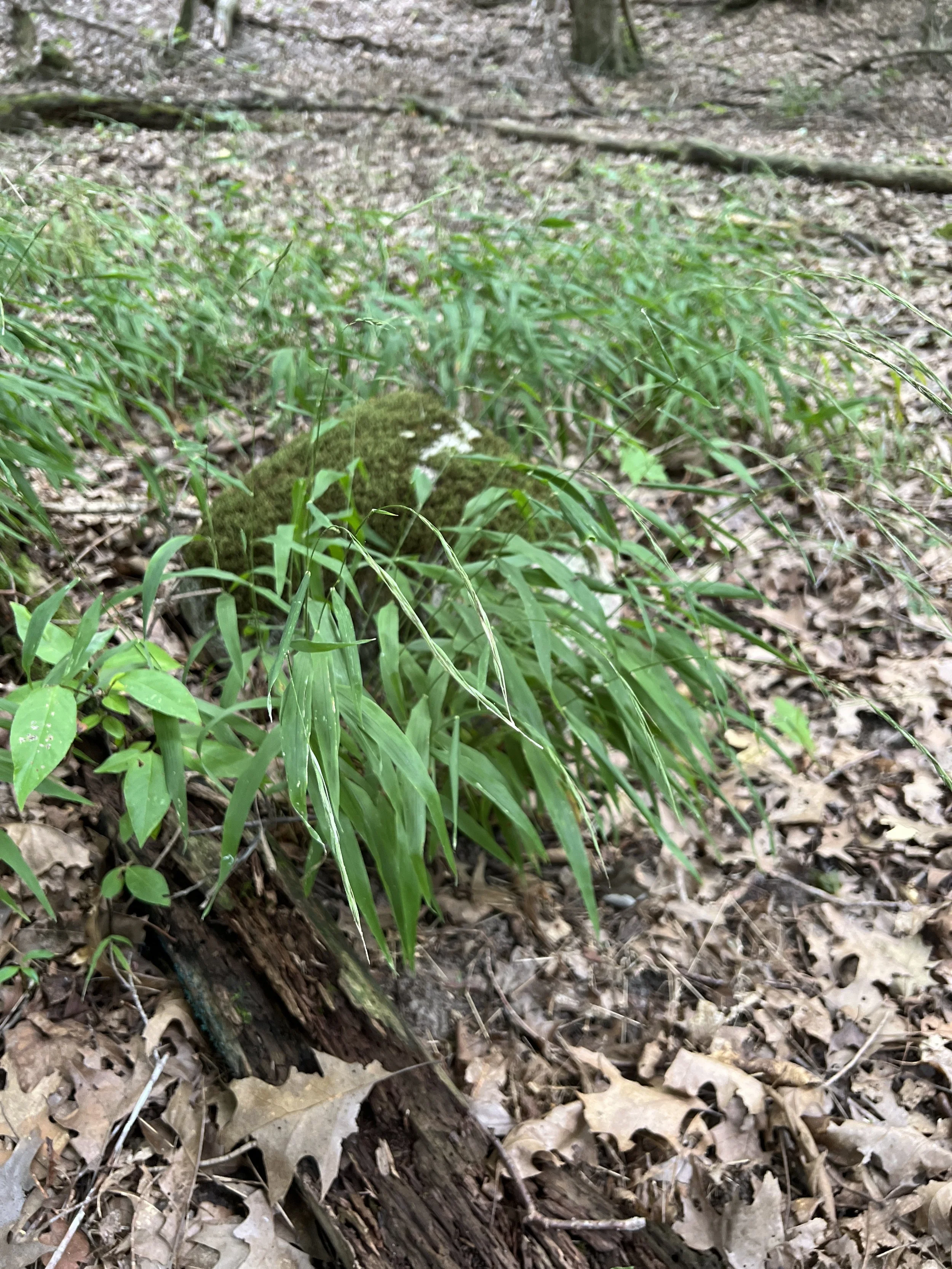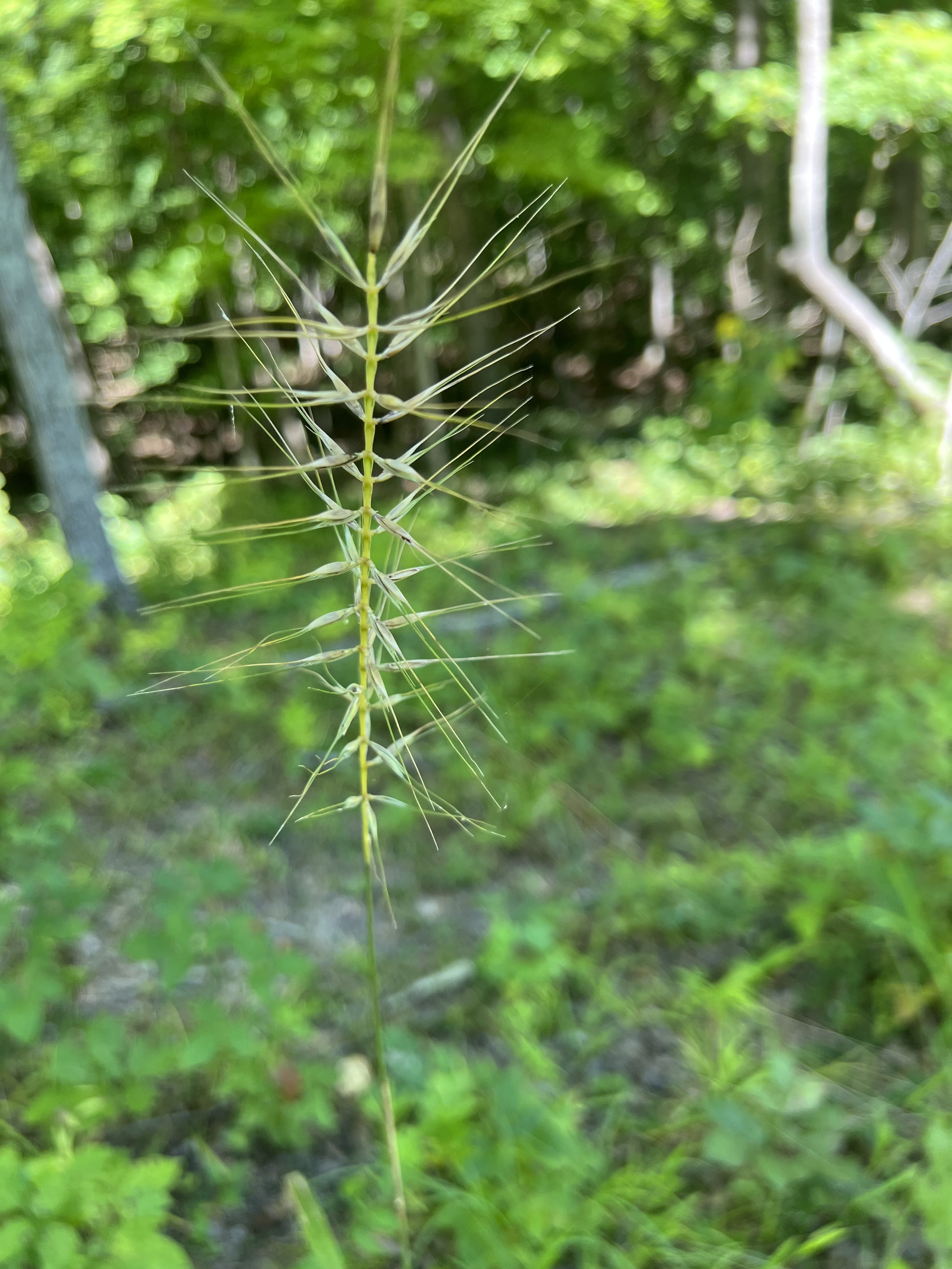 Image 1 of 5
Image 1 of 5

 Image 2 of 5
Image 2 of 5

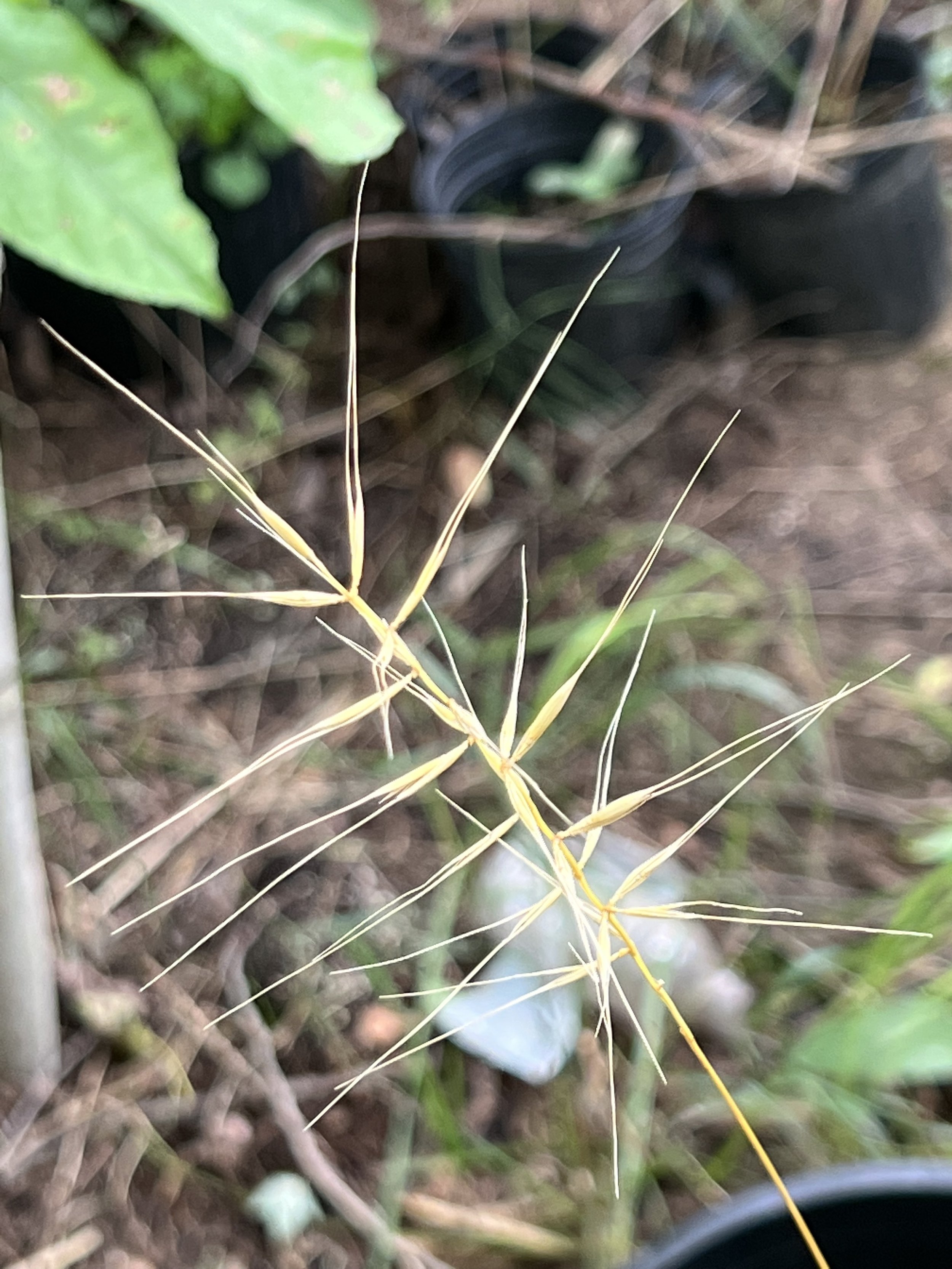 Image 3 of 5
Image 3 of 5

 Image 4 of 5
Image 4 of 5

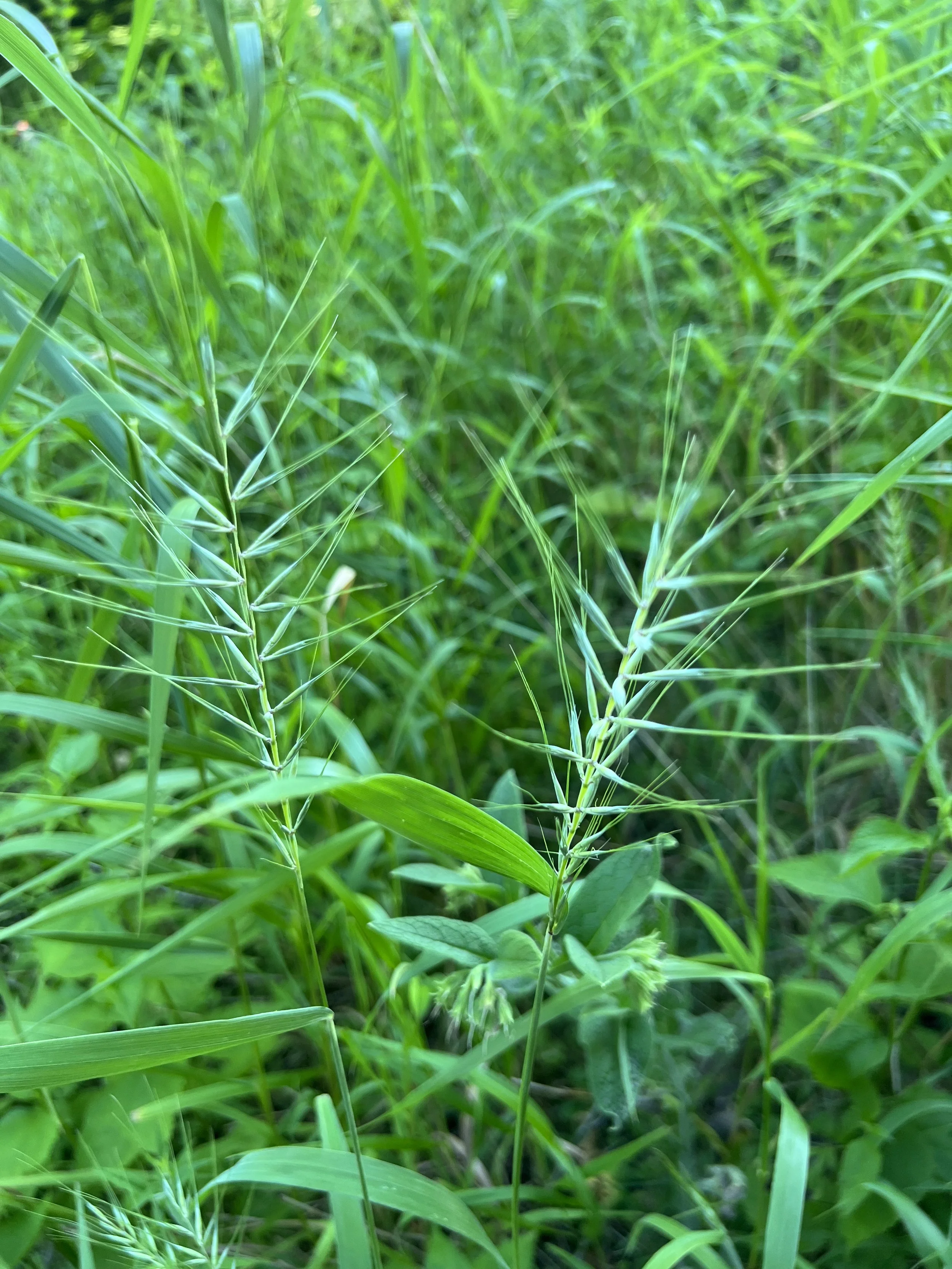 Image 5 of 5
Image 5 of 5






Bottlebrush Grass (Elymus hystrix)
from $3.50
Sold Out
There are a surprising number of grasses that grow in the woods. Bottlebrush grass is one of the more common woodland grasses in cultivation and it’s a beautiful one, getting its name from the seed heads which looks like a sparse bottlebrush.
Bottlebrush grass is in the same genus as Canada wild rye, silky wild rye, and Virginia wild rye.
There are a lot of insects that depend on bottlebrush grass from butterflies to moths to leaf hoppers. The moths that use bottlebrush grass are leaf miners so you may see their trails in the leaves of the grass.
Bottlebrush grass is typically in average to high quality forest settings where it prefers partial to light shade. It grows very well in a yard setting and can be considered an ornamental grass. It is quite tall, usually from 3-5 feet.
Bottlebrush Grass (Elymus histrix)
Michigan Flora reference page for state distribution: Bottlebrush Grass
Height: 3-5’
Soil: moist-dry, loam
Sun: light to part shade
Plant spacing: 1-2 feet
Life cycle: perennial
Family: Poaceae
Seed source: Michigan
Sizes:
Get notified by email when this product is in stock.
There are a surprising number of grasses that grow in the woods. Bottlebrush grass is one of the more common woodland grasses in cultivation and it’s a beautiful one, getting its name from the seed heads which looks like a sparse bottlebrush.
Bottlebrush grass is in the same genus as Canada wild rye, silky wild rye, and Virginia wild rye.
There are a lot of insects that depend on bottlebrush grass from butterflies to moths to leaf hoppers. The moths that use bottlebrush grass are leaf miners so you may see their trails in the leaves of the grass.
Bottlebrush grass is typically in average to high quality forest settings where it prefers partial to light shade. It grows very well in a yard setting and can be considered an ornamental grass. It is quite tall, usually from 3-5 feet.
Bottlebrush Grass (Elymus histrix)
Michigan Flora reference page for state distribution: Bottlebrush Grass
Height: 3-5’
Soil: moist-dry, loam
Sun: light to part shade
Plant spacing: 1-2 feet
Life cycle: perennial
Family: Poaceae
Seed source: Michigan



